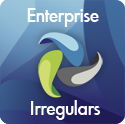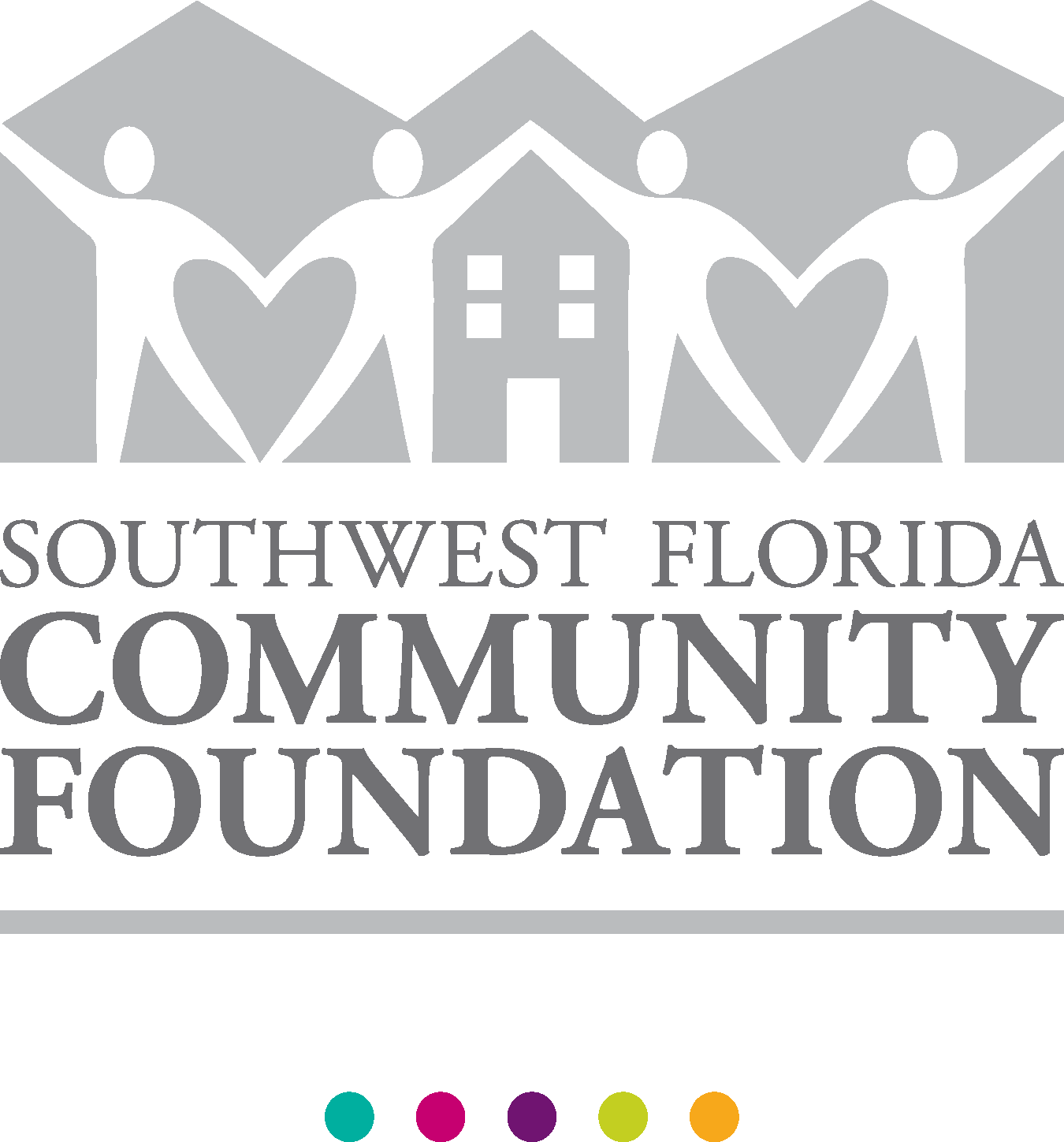In my last post, I told some all too typical business stories in which it was easy to recognize, in situ, really bad HRM policies and practices, HRM service delivery and HR technology use. Every manager has their own favorite such tales of woe, and my HR practitioner colleagues are awash in the fallout from such debacles.
But recognizing what’s wrong won’t make it right. To do that, we must recognized the patterns of great HRM policies and practices, of great HRM organizational design, and of great HRM service delivery and HR technology use. And that’s what I’ve spent much of my career trying to do because, if we can see those patterns, we can deliver them in the most cost-effective as well as business-effective ways. Automating the patterns is what modern software architecture and development are all about.
There are many such patterns that can be teased out of the HRM domain when you apply object modeling techniques to it, and I’ve tried to present as many as possible of those patterns in my licensed HRM domain model/architectural “starter kit.” But for this post I’ve chosen eight patterns which I think bear heavily on delivering effective HRM and thereby delivering great business outcomes. They’re by no means the only possible such patterns, just a few on which I’ve been very focused in 2011 and which I expect will dominate my work in 2012.
(1) Administrative and strategic HRM are inextricably intertwined. It’s simply not possible to deliver effective HRM unless your administrative underpinnings and their more strategic overlay, independent of specific technology choices, are deeply integrated as to processes, data, business rules, user experience, analytics and much more. Therefore, it’s simply not possible to deliver effective HRM unless your HRM delivery system’s core software platform is also deeply integrated. Here are just a few of the reasons:
- Administrative and strategic HRM depend on the same global foundation of organizational (job, position, work unit, KSAOC, tasks, work location, legal entity, etc.) and person (position seeker, contractor, employee, community member) data.
- Two-way interfaces across disparate data or object structures are costly and fragile to build/maintain — and those interfaces grow in number and complexity as you layer more and more strategic HRM functionality on top of a non-integrated system of record/administrative HRM foundation.
- Strategic and administrative HRM processes interact with the same set of users — managers, employees, position seekers, etc. – and those users don’t want to learn (and can no longer be forced to learn) multiple protocols (even with single sign-on and a superficial commonality of the experience), master multiple data vocabularies, or remember what goes on where or how.
- The business outcomes of strategic HRM processes are at the mercy of effective administrative HRM processes — mess up the administrative and you’ve sabotaged the strategic. Ever lose a hot applicant prospect because your interview scheduling and communications with that prospect were a mess? Ever watch an entire executive leadership meeting dissolve into a discussion of why last month’s salaried payroll used the wrong incentive pay formula and whether or not and how to do a clawback?
- While it’s certainly possible to piece together some level of integration across semantically and architecturally dissimilar applications, great care is needed to understand where only modest and occasional synchronizations are needed, e.g. when calling a background checking application from various staffing processes, versus where real depth and almost real-time integration are needed, e.g. when considering the ripple effects that are an inherent part of succession plan development and execution. And don’t be fooled here by the magic of middleware. Semantically different concepts of data, let alone of objects, cannot be mapped in an automated fashion. Full stop.
(2) Talent management processes are inherently integrated such that changes in any one process produces ripple effects across all the others. It’s simply not possible to manipulate one lever of talent management to achieve improvements in business outcomes without considering and adjusting the others as needed. Therefore, it’s essential to design and deliver talent management processes holistically and with careful attention to their integration of data, analytics, and the user experience. For example, if we pay too much for a hire, we may disrupt pay equity across the organization resulting in more flight risk and/or loss of productivity due to disengagement. If we don’t have the right KSAOCs and overemphasize workforce development, then we may risk missing the performance leverage and insights that can come from excellent outside hires. If our performance processes aren’t tailored properly to our workforce, then the resulting dis-engagement and/or attrition may put pressure not only on our staffing processes but also on our attempts to manage total compensation creep. This is truly a case of the knee bone’s being connected to the thigh bone!
(3) Effective HRM isn’t just about reducing costs/errors/elapsed times; it’s about driving business outcomes. There is no purpose or justification for HRM except to create business value. Therefore, we must be able to make a metrics-based connection between what we do in HRM and the specific business outcomes that are impacted, positively or negatively, by our actions. In this context, embedded analytics are the key to improving HRM decisions and driving business outcomes.
Earlier generations of HRM service delivery, including our early attempts at automation, focused, quite correctly, on doing payroll calculations, compliance reporting, and employee data management correctly, on time, and cost-effectively. With those important but primarily administrative processes long since automated and optimized (or they damn well should be), today’s HRM and the HRM delivery system must be focused on driving business outcomes.
Unfortunately, must of the HRM software still in use was designed (yes, I was there!) when computing power was costly relative to human power, but just the reverse is true today, even with offshore resources. So saving administrative HRM costs isn’t much help when actual workforce labor costs, especially health care costs, continue to rise despite the recession. While it’s always important to think in terms of cost-effectiveness, as well as error and elapsed time improvements for primarily administrative HRM, what really matters, what moves the dial in terms of business outcomes, is everything about strategic HRM.
So let’s not be penny wise and pound foolish. Scarce competencies continue to be scarce despite the recession, and flight risks are growing for the most valuable workers. Since the only sustainable competitive advantages are the capabilities and accomplishments of your workforce, let’s make sure that the bulk of our HRM effort and investment is directed toward those roles and those individuals who drive those business outcomes.
(4) Building, sustaining and deploying professional networks to achieve business outcomes are important workforce KSAOCs, as are the actual networks of workforce members. Many workforce members use their networks routinely in doing the organization’s work, for the organization’s benefit. Therefore, we must support creation, maintenance and deployment of these networks where they are needed KSAOCs even as we protect the organization from the related risks. And lest you think this is a radical idea (separate from the clearly new technologies involved), think again:
- We’ve always valued individuals who brought their personal networks to the table — social technology unleashes those networking competencies exponentially, in the right hands.
- We’ve always valued individuals who worked collaboratively to make 1 + 1 = 3 — social technology unleashes collaboration across every business, when you have the right HRM policies and processes to nurture/shape collaboration.
- But social technology can also become a bottomless pit of self-indulgence, voyeurism, brand damage, IP loss and more — strong HRM policies, training and enabling automated controls are needed to encourage positive uses of social technology and react quickly and severely when a member of the workforce violates organizational policies, e.g. behaves unethically online or in contempt of regulatory requirements which apply to their role.
(5) Work and workers are anywhere, everywhere, and highly mobile — and so must be the delivery of HRM products/services. Mobile communications make it increasingly possible, cost-effective, and essential to weave HRM into the daily lives of workers. Therefore, HRM service delivery must go mobile, not as an afterthought, not as a technical add-on, but rather by rethinking service delivery from both a mobile process effectiveness and business outcomes perspective. And here the lessons of the past can save us a ton of work:
- Do you remember when we debated should we or shouldn’t we do self service?
- Then we debated to whom should we extend what capabilities behind the firewall?
- Then we debated what/how we might consider delivering to laptops when they were roaming outside the firewall?
- Now the only question is how fast can we catch up with a world of work gone mobile.
- In many developing economies, wired infrastructure, which was the last generation’s online highway, has being skipped entirely in favor of wireless — and many there cannot afford laptops.
- Even in the developed world, smart phones and tablets are now the mobile devices of choice for many business transactions, for Web browsing, for content consumption.
- Do you know where your workers work? How and when they work? What they’re trying to accomplish?
- Do you know how to redesign HRM with mobility first?
(6) To make better HRM decisions, all the relevant business rules, content, guidance, and expertise must be embedded directly into HRM processes. Embedded expertise at “point of sale,” so where/when/how the decision is being made, enables far better and more timely decision-making. Therefore, HRM service delivery must embed sufficient intelligence within the self-service experience to drive business outcomes-based decisions-making throughout the organization. Great examples include:
- What interview questions should I ask to reveal needed KSAOCs?
- What health care plan should I select to provide the best coverage for my family at the best possible cost?
- How might the different members of my team react to limited bonuses?
- How should I handle Naomi’s comment about feeling harassed?
- What would be my best combination of employees and contractors for this new, perhaps temporary, project? What are the contractual and/or regulatory implications of using contractors?
- What types of developmental programs and/or work experiences would produce the maximum global leadership capability improvement in my bench?
For a lot more information on embedded intelligence, please look here.
(7) Beyond embedded intelligence, truly predictive and actionable analytics are needed, again “point of sale,” to ensure that the wisdom of the organization is applied to every business decision. Knowing the probable outcomes of business actions and decisions before making them is the holy grail of driving improved business outcomes. Therefore, HRM service delivery must be able to do the enormously complex calculations in this area of analytics fast enough to present them “point of sale” within the user’s response time expectations. One of the biggest arguments in favor of going in-memory for HRM production data processing is to be able to answer, on the fly, these types of questions:
- What are the best predictors of a worker’s performance that we can use during the hiring/contracting process?
- Why do some managers produce more results per unit of labor than others? How could we spread the “magic?”
- What could we do to reduce workplace absenteeism? What are the characteristics of workers, work schedules, and managers that produce the best results?
- What total comp plan designs will produce the maximum behavioral impact for our sales teams?
- Which key employees and/or employees in key roles are the greatest flight risks? What would be the impact of losing each/all of them? What could we do to minimize that flight risk, person by person?
- Why do some teams function more effectively than others? How could we spread the “magic?”
(8) All business has become global, to include not only global sales and business operations, with their attendant workforce deployments across geographies, but also the requirement that business, product, sales etc. leaders have the competencies to think and operate globally. Where once most businesses were purely domestic in their operations/sales/workforces/regulatory and cultural requirements/etc., businesses of any size now operate more globally. And even when a business is still primarily domestic, everything from its cost of capital and labor costs to its transportation and risk management costs are influenced directly by global events. Therefore, for many to most organizations, HRM data and processes must be truly global along with the related service delivery.
For those of you who operate entirely within one country, you may still be doing business globally without realizing it. A good bit of HRM work has long been outsourced, from background checking and health care claims processing to competency assessment tools development and expatriot compensation, and many to most of those providers have moved as much work as possible to where it can be done at the best combination of cost, quality and risk. But for most organizations of any size, you’re selling outside your home markets; sourcing materials, goods, services and talent internationally; and learning to operate across a wide range of regulatory, cultural and physical borders. And you can’t be successful on the world stage unless your HRM processes and data can travel with you.
The Bottom Line
Have I covered here absolutely everything that goes into creating effective HRM? Absolutely not. Just making sure that the “trains run on time” can consume all the energy that many HR departments have, and when this isn’t done well there’s simply no energy available — or delegation of authority or earned credibility — to do the really important, more strategic parts of HRM. Furthermore, making sure that managers don’t commit any egregious ethical lapses is also paramount. And there are myriad more detailed HRM processes needed to achieve any of the major characteristics of effective HRM noted above. This post was never intended to describe the entire body of work which, taken together, may deliver effective HRM. Rather it was trying to suggest some very specific indicators that effective HRM may be or may not be operational in a given environment.






[…] offers — continuous learning needed here. There’s a ton of material on my blog (here, here and here are some good starting points), and an absolute must is attendance at a major HR […]
[…] what the market offers — continuous learning needed here. There’s a ton of material on my blog (here, here and here are some good starting points), and an absolute must is attendance at a major HR […]
[…] the market offers — continuous learning needed here. There’s a ton of material on my blog (here, here and here are some good starting points), and an absolute must is attendance at a major HR […]
[…] not a Naomi Bloom fan, now would be a great time to start. She’s offered up a piece called Eight Characteristics of HRM and Effective HRM Delivery Systems. Generally speaking, HR folks shy away from the deepest aspects of HR Technology. Naomi makes a […]